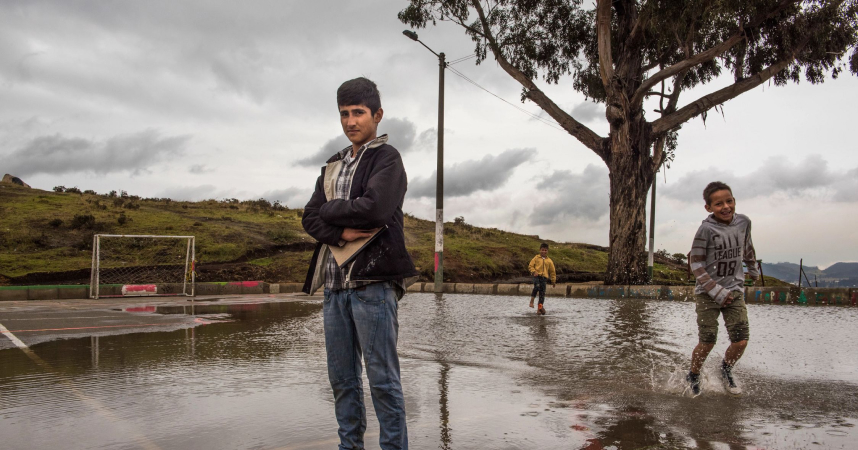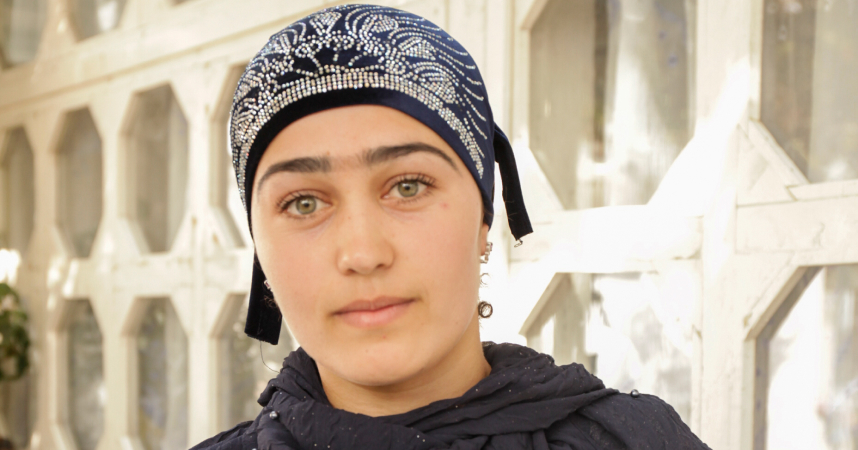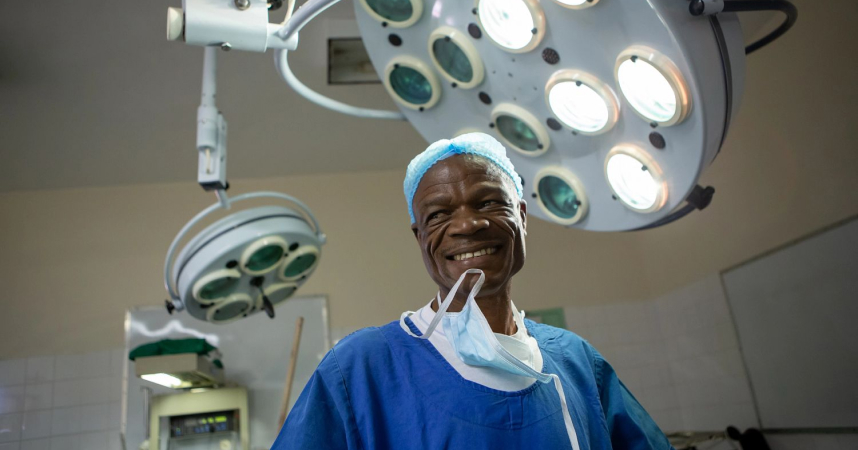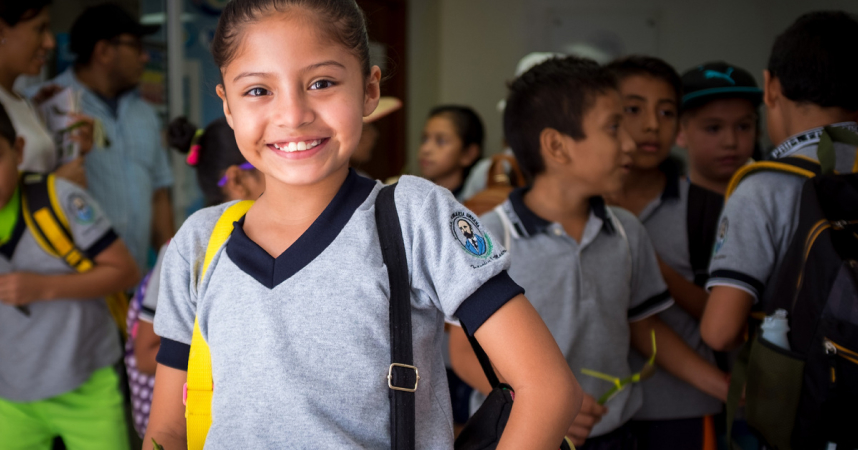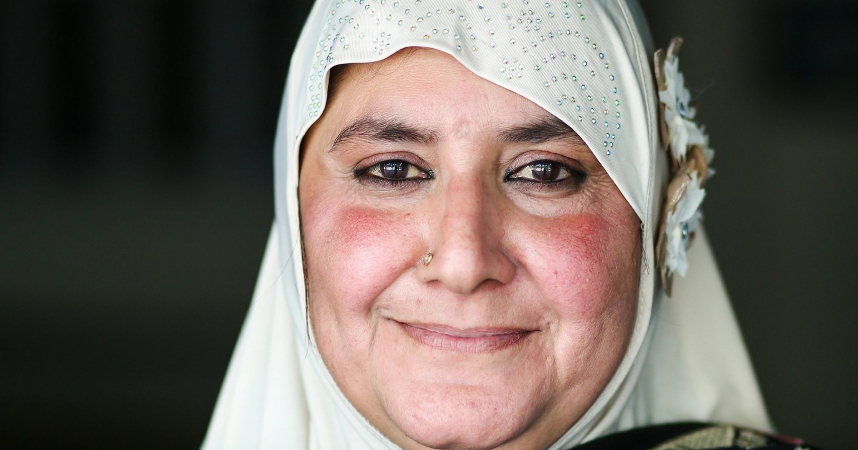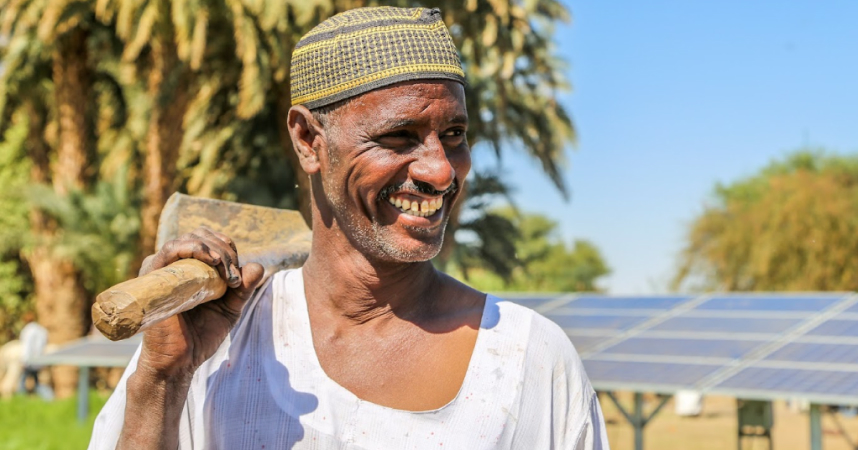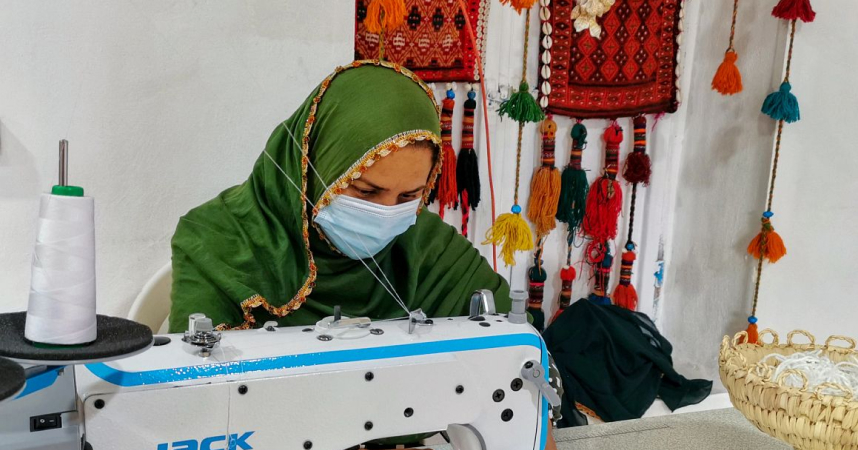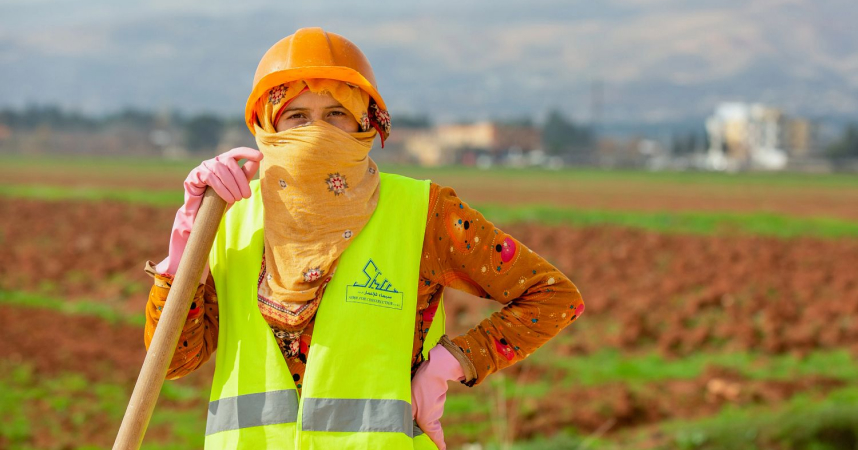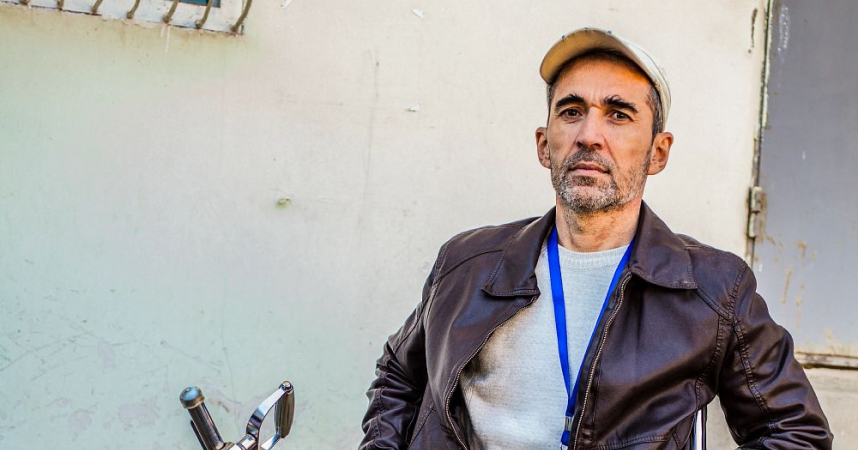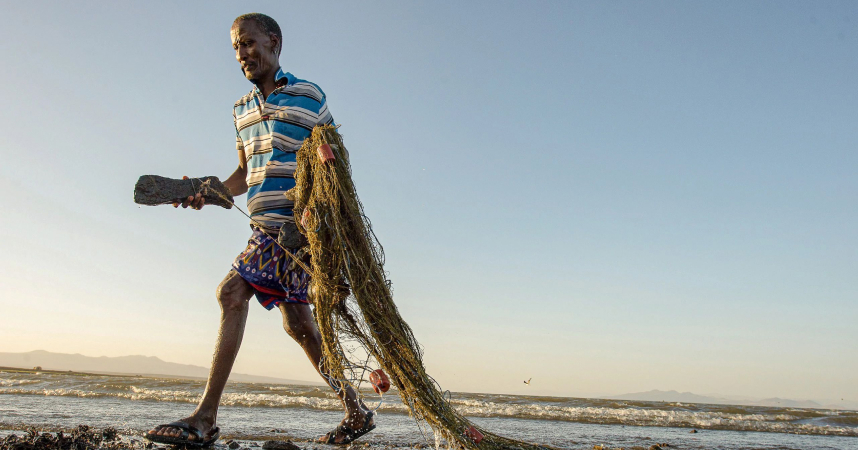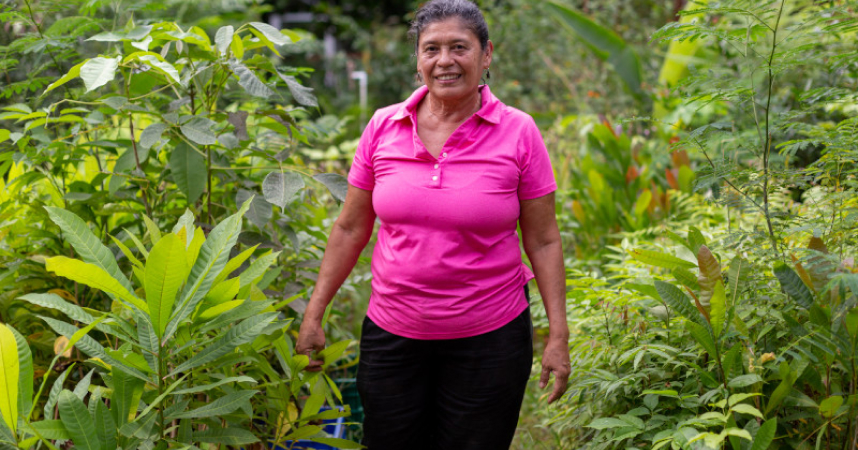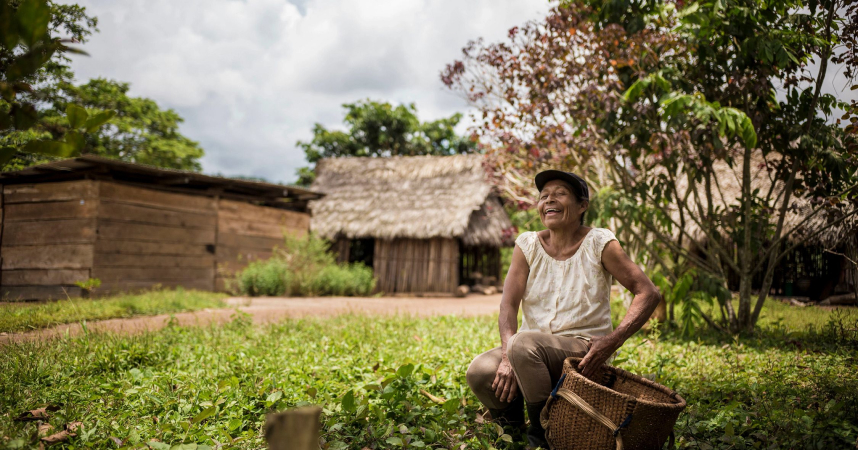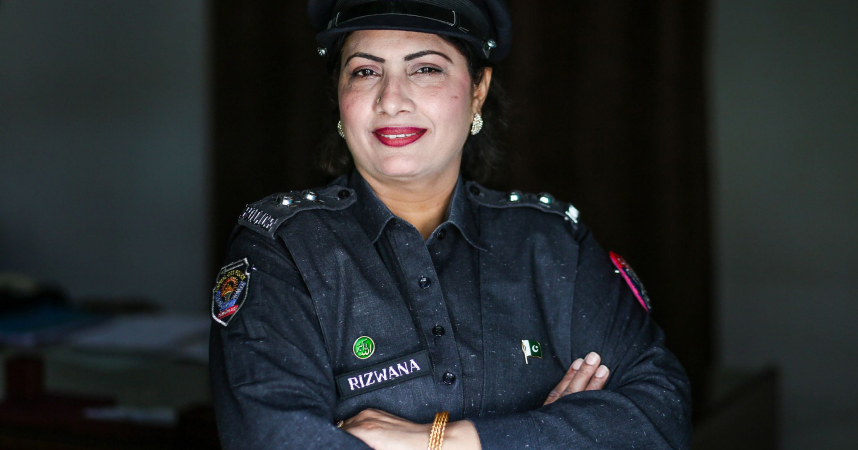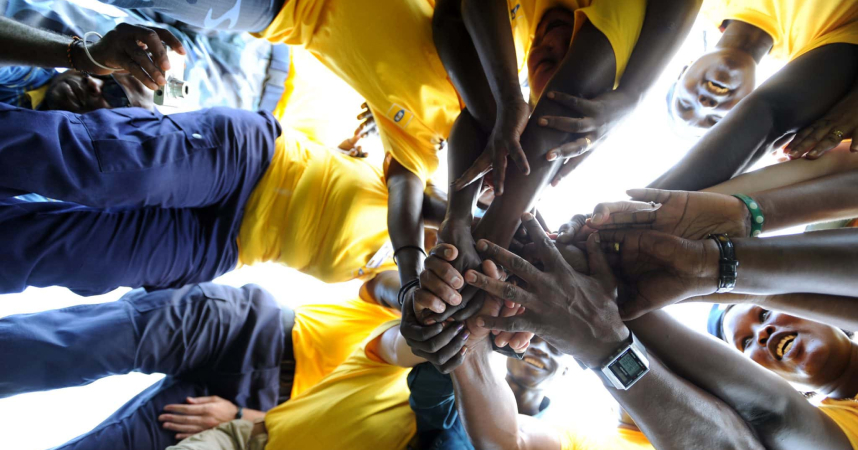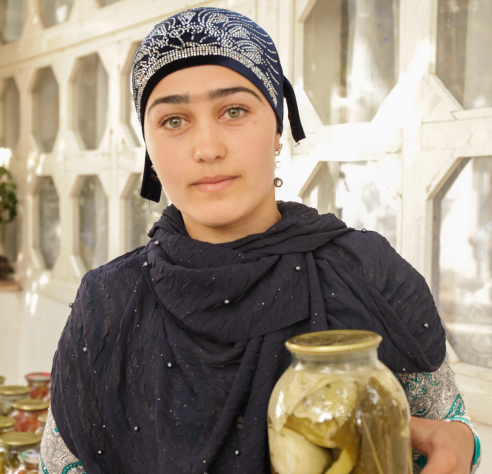Goal 1: No poverty
End poverty in all forms everywhere

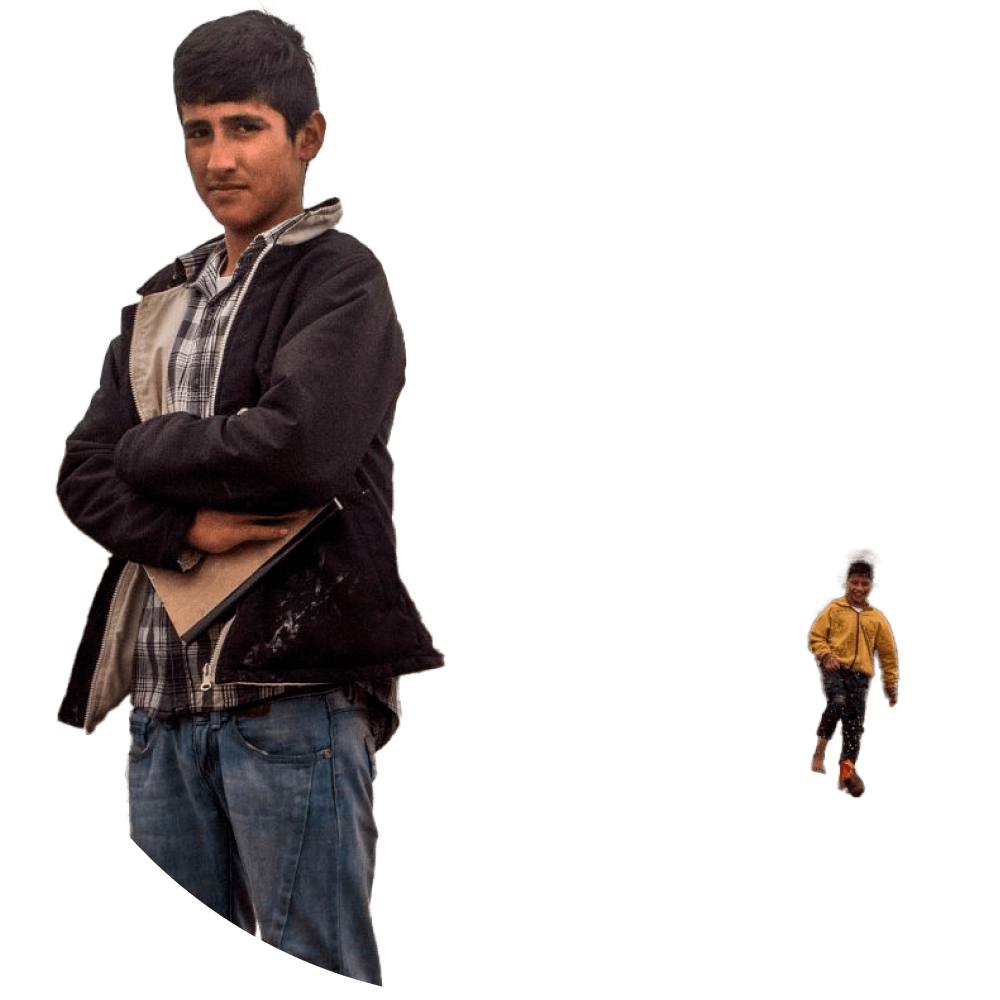
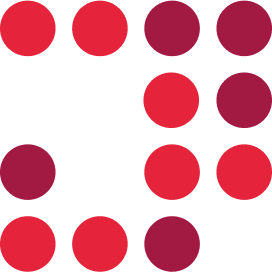




If nothing changes, 575 million people will be living in extreme poverty in 2030.
The impacts of the COVID-19 pandemic reversed three decades of steady progress, with the number of people living in extreme poverty increasing for the first time in a generation.
Recovery from the pandemic has been slow and uneven – and complicated by multiple geopolitical, socioeconomic and climatic crises. If current trends continue, 575 million people will be living in extreme poverty in 2030. That’s an improvement compared to 800 million in 2015 but falls short of the SDG 1 target.





And in a world experiencing overlapping crises, it’s worrying that so many people remain unprotected from catastrophic loss. Despite an expansion of social protection during the pandemic, more than 4 billion people remain entirely without a safety net.


To close the gap on Goal 1, the UN Secretary-General’s report calls for “a surge in action and investment to enhance job opportunities, improve education and extend social protection to all, particularly the most excluded”.
Multidimensional Poverty Index
Poverty is not just about income. To inform and accelerate efforts to end poverty in all its forms, UNDP publishes the Multidimensional Poverty Index (MPI). The Index reveals how people experience poverty in different aspects of their lives – from access to education and health, to living standards such as housing, drinking water, sanitation and electricity.
Compiling data from 110 developing countries covering 6.1 billion people, the 2023 MPI found that 25 countries reduced multidimensional poverty by half within 15 years, but 1.1 billion people remain multidimensionally poor.
UNDP has set a goal to help 100 million more people escape multidimensional poverty by 2025.

Photo credits
-
UNDP Colombia/Freya Morales
-
UN/Kibae Park
-
UNDP/Almeras Martino

